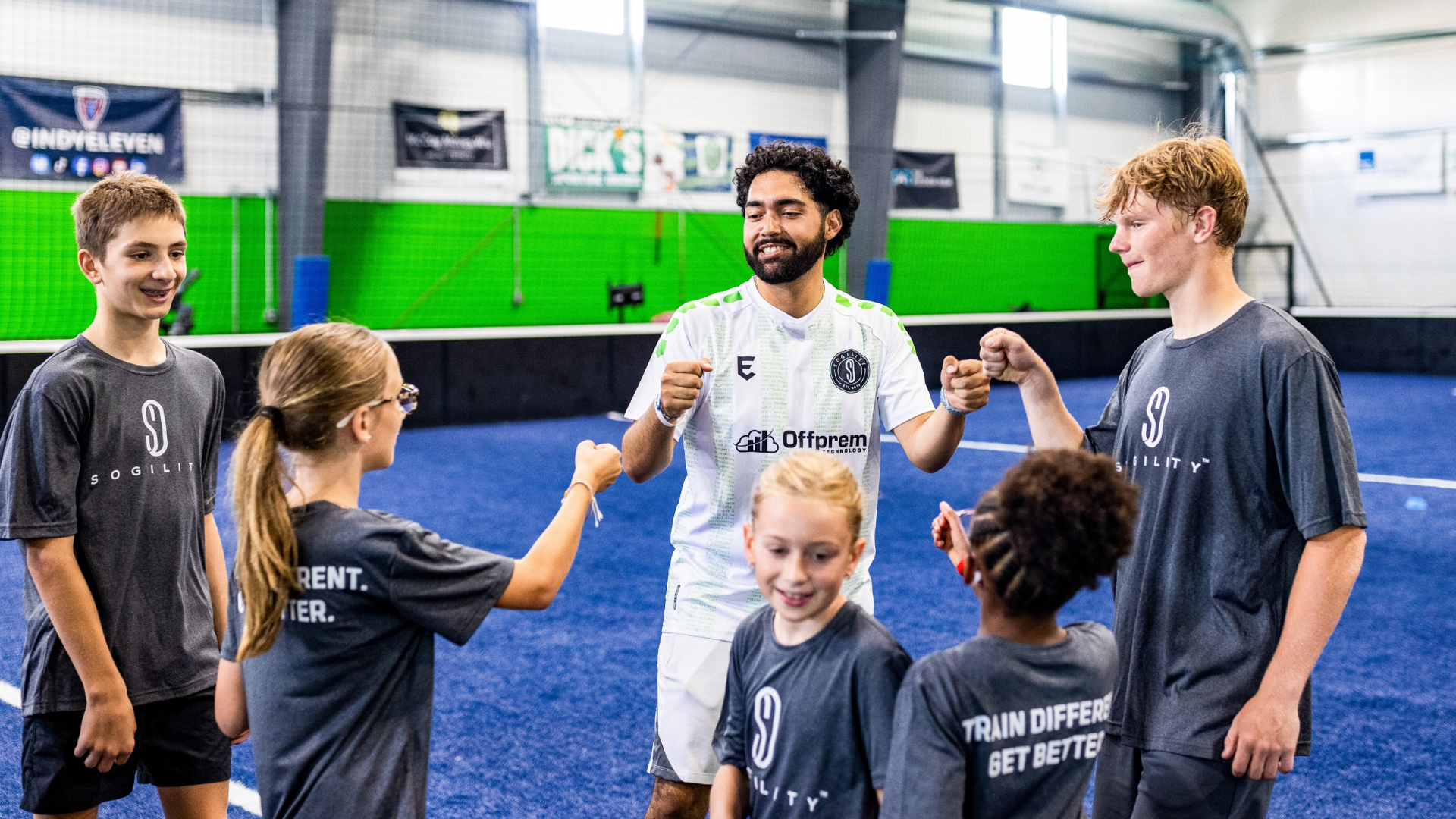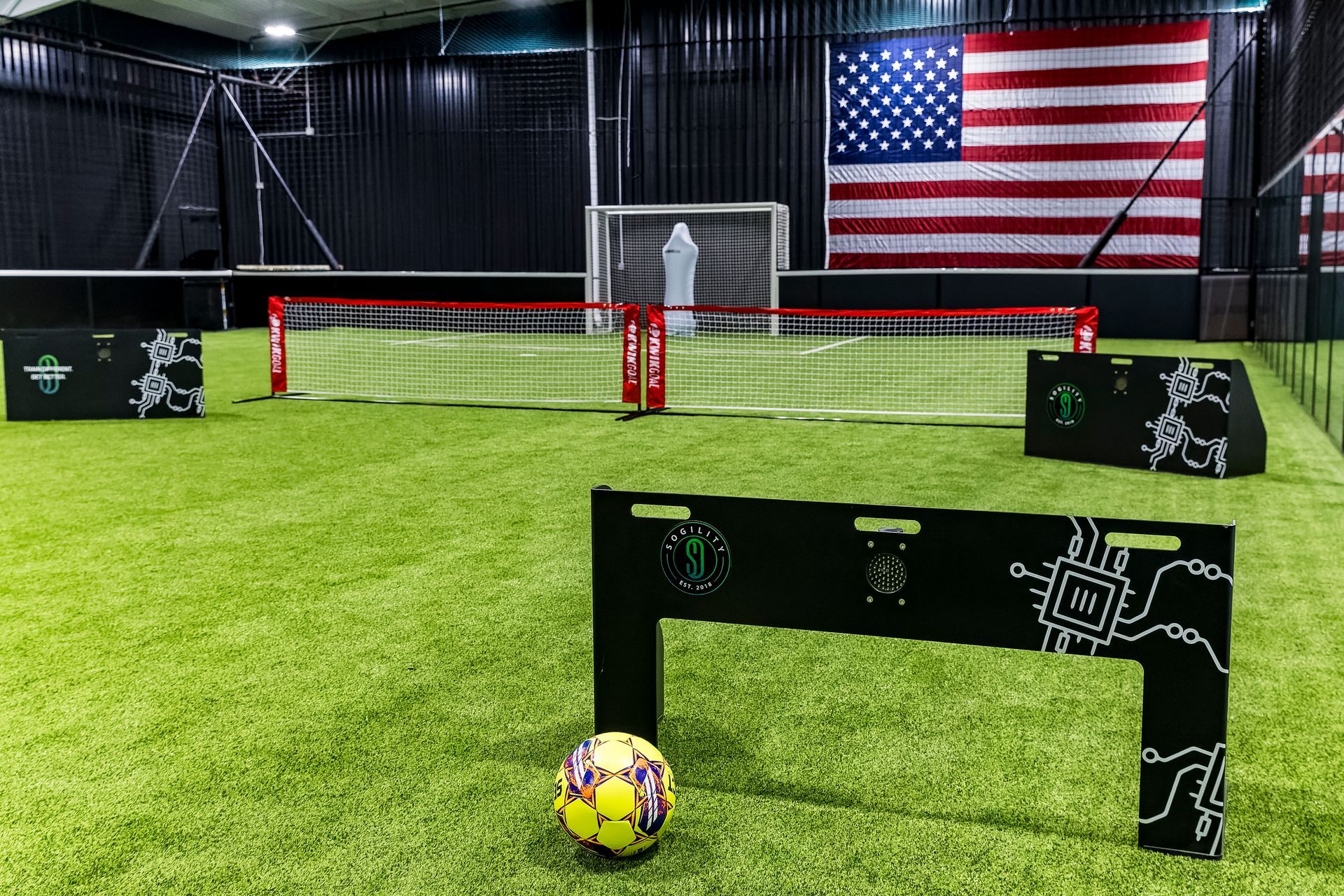January 10, 2024
Soccer Tactics 101
Soccer, known as the beautiful game, is a thrilling sport and an intricate dance of tactics and strategies. Successful teams understand that the path to victory lies in their ability to outmaneuver their opponents on the field. Let’s go over Soccer Tactics 101: Decoding Formations, Styles of Play, and Offensive Strategies.
The Chessboard of Formations:
Formations serve as the building blocks of any soccer team’s tactical approach. From the classic 4-4-2 to the modern 4-3-3 and the innovative 3-5-2, each formation has its strengths and weaknesses. We will explore the tactical implications of different formations, analyzing how they affect defensive solidity, midfield control, and attacking potential.
Unraveling Styles of Play:
Every team exhibits a unique style of play, a reflection of their identity and philosophy. Whether it’s the fast-paced tiki-taka of Barcelona, the disciplined counter-attacks of Atletico Madrid, or the high pressing of Liverpool, understanding these distinct approaches can enrich our appreciation of the game. We will examine the fundamental principles behind popular styles and how they dictate a team’s overall strategy.
The Art of Offensive Strategies:
In the world of soccer, goals win games, and offensive prowess is the catalyst for success. This section will explore various offensive strategies employed by teams worldwide, such as wing play, through balls, and positional play. Additionally, we’ll delve into the intricacies of set pieces, emphasizing their potential to turn the tide of any match.
The Symbiosis of Tactics and Personnel:
Formations and strategies are only as effective as the players executing them. We will explore the critical role of each position on the field, the attributes required, and the interplay between player profiles and tactical choices. Understanding this symbiosis is vital to assembling a cohesive, high-performing team.
Mastering soccer tactics is a never-ending journey, and this article merely scratches the surface of the vast ocean of knowledge waiting to be explored. Armed with insights into formations, styles of play, and offensive strategies, any soccer enthusiast can appreciate the game at a deeper level and admire the genius of coaches and players alike.
For those eager to dive even deeper into the tactical world of soccer, there is no better resource than sogility.net.
The post Soccer Tactics 101
appeared first on Sogility.

At Sogility, our trainers are more than coaches, they’re mentors, motivators, and role models who help athletes discover their potential. This month, we’re excited to spotlight one of our dedicated Sogility Westfield trainers: Allan Ramirez. A Unique Soccer Journey Allan’s soccer story begins in Mexico City, where he was born and developed an early passion for the game. Unlike many players who rise through traditional youth club systems, Allan’s path looked very different. He only played one year of high school soccer and never played travel or club soccer growing up. Instead, he sharpened his skills in local adult leagues at a young age. His determination and love for the sport propelled him forward, eventually leading him to play semi-pro for multiple seasons and earn opportunities to try out for professional clubs. Allan’s unconventional path is proof that there is no single way to pursue the game, and that passion can take you far.

Holiday breaks can disrupt a player’s rhythm, but they can also be the perfect time to reset, refocus, and make meaningful progress. With the right approach, players can return to winter training sharper, stronger, and more confident—without sacrificing time with friends and family. At Sogility, we believe the holiday period is one of the most underrated training windows of the year. Here’s how to make the most of it. 1. Schedule Quick, Efficient Sessions Training during the holidays doesn’t need to feel overwhelming. Short, intentional sessions are not only easier to fit into a busy schedule, they’re incredibly effective for skill retention. Try aiming for: 3–4 sessions per week 20–30 minutes each Focused work on technique, speed of play, and ball familiarity These bite-sized sessions help maintain sharpness without burning players out. A few minutes of ball mastery or first-touch work done consistently over the break can have a huge impact once formal training resumes. Pro Tip: Pair a quick technical session with a simple fitness component—such as sprints, agility ladders, or core work—to stay game-ready as you enjoy holiday meals and downtime. 2. Take Advantage of Indoor Time Winter weather isn’t always friendly to outdoor training, but the holidays provide excellent opportunities to get creative indoors. You don’t need a full field to develop high-level skills—just a ball and a small space. Great indoor activities include: Focused work on technique, speed of play, and ball familiarityBall mastery (toe taps, inside–outside touches, sole rolls) Footwork ladders or cone patterns to develop agility Quick wall passes to improve first-touch and reaction speed Target passing using laundry baskets, tape squares, or furniture as safe targets Indoor training is especially helpful for developing control, coordination, and quick feet, skills that translate directly to better performance in small-sided play and high-pressure moments. Bonus Idea: Parents and siblings can join in, turning quick sessions into fun family challenges. This keeps training lighthearted and enjoyable during the holiday season. 3. Keep It Fun The holidays are a time to relax, recharge, and reconnect with the joy of playing soccer. Keeping training fun during the break helps players stay motivated and rediscover their creativity. Try adding: Trick-shot or accuracy competitions 1v1 games with friends or siblings Freestyle or juggling challenges Fun play builds confidence and improves problem-solving skills on the field—the type of creativity coaches love to see. Remember: When players enjoy the game, their technical development accelerates naturally. 4. Use Technology to Track Progress One of the biggest advantages of holiday break training is the ability to measure improvement in a short window of time. At Sogility, our tech-enhanced training stations are built for exactly this. With these tools, holiday break doesn’t just maintain your level, it elevates it. Players return to team training with sharper touches, quicker reactions, and increased confidence. Holiday Advantage: Most players slow down during winter break. Using tech-enhanced training gives you a competitive edge heading into winter and spring seasons. Final Thoughts: Make the Holidays Your Growth Season The holiday break is a valuable opportunity, not a setback. With short, targeted sessions, indoor creativity, fun-focused play, and Sogility’s training technology, players can make meaningful progress while still enjoying the season. Final Thought Whether you’re preparing for tryouts, winter league, or spring soccer, staying active during the holidays ensures you return with momentum, not rust.

All You Need in the Game: Master Essential Skills for Better Performance At Sogility, we know that mastering the essential skills of soccer requires more than just physical fitness — it demands speed, precision, sharp decision-making, and mental toughness. That’s why we offer Circuit Training , a revolutionary program that combines cutting-edge technology with innovative drills to prepare players for the fast-paced, high-pressure challenges of real-game play.
